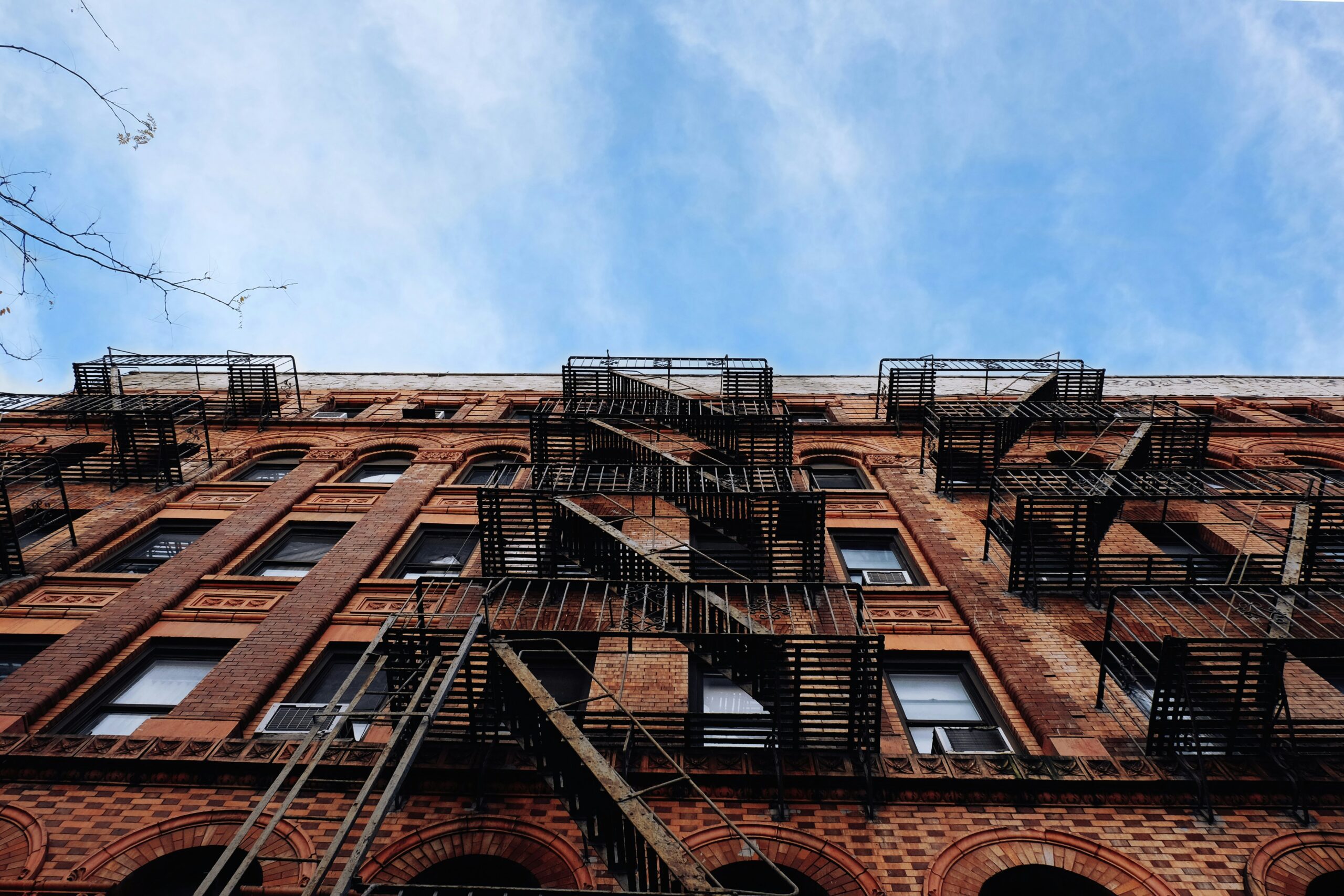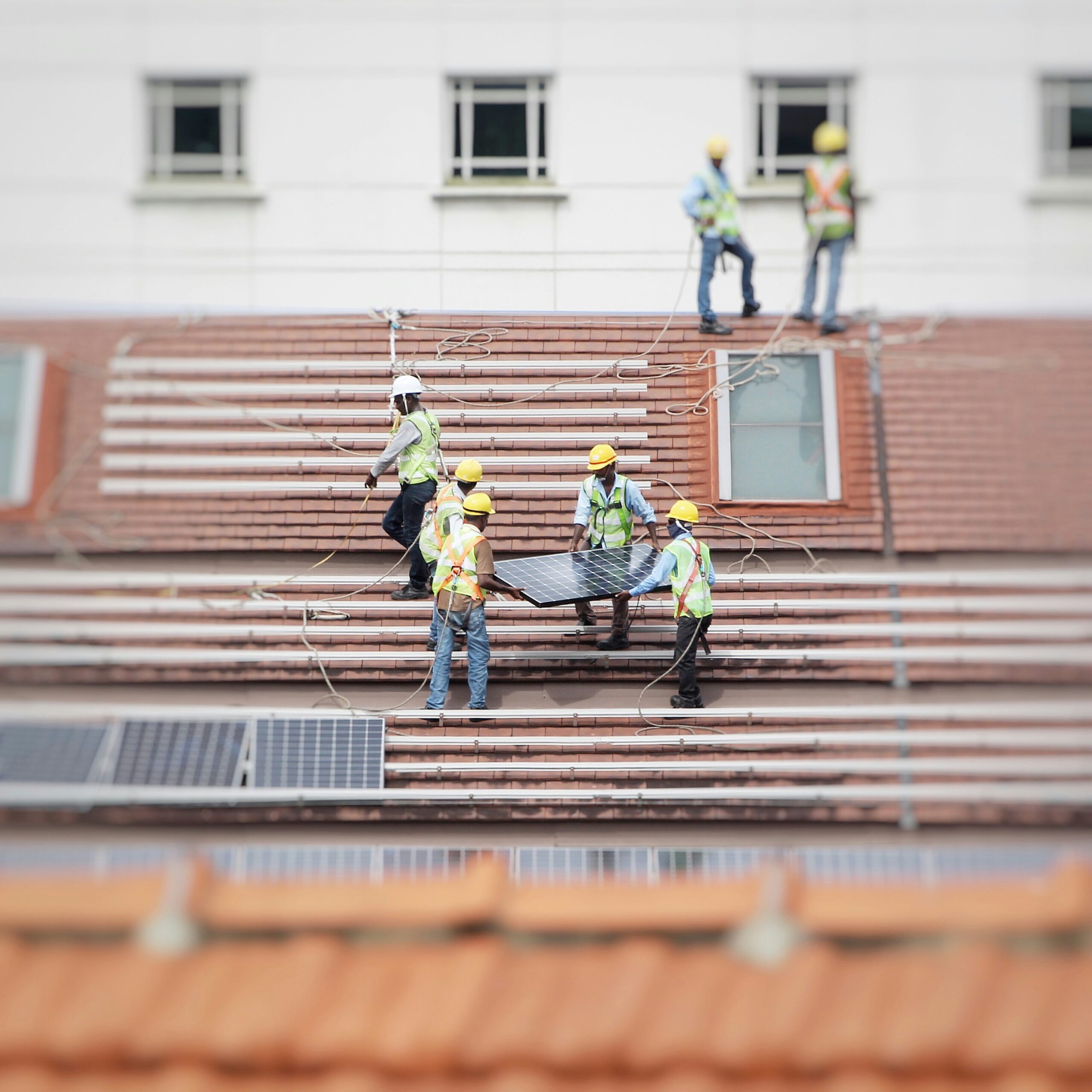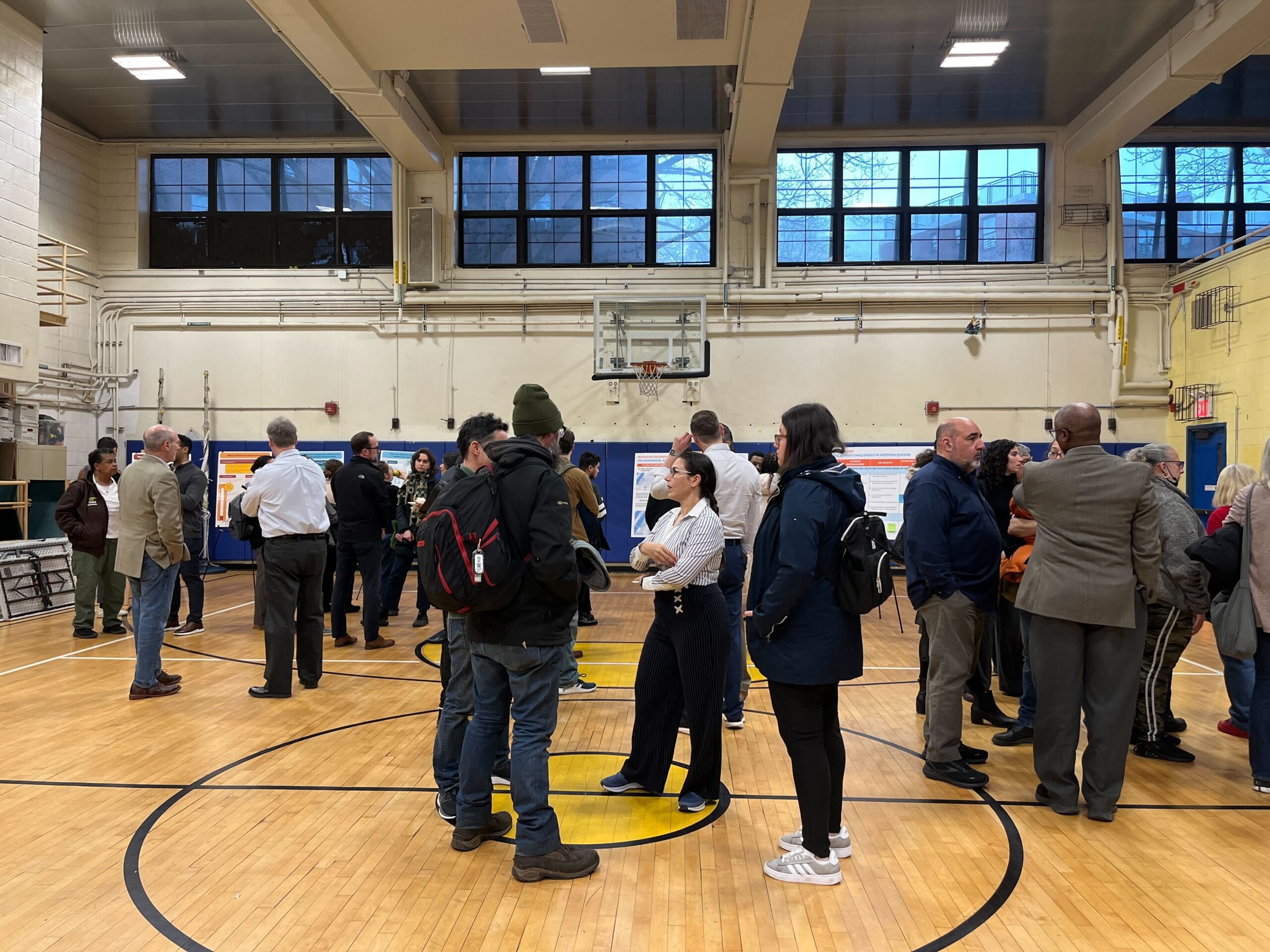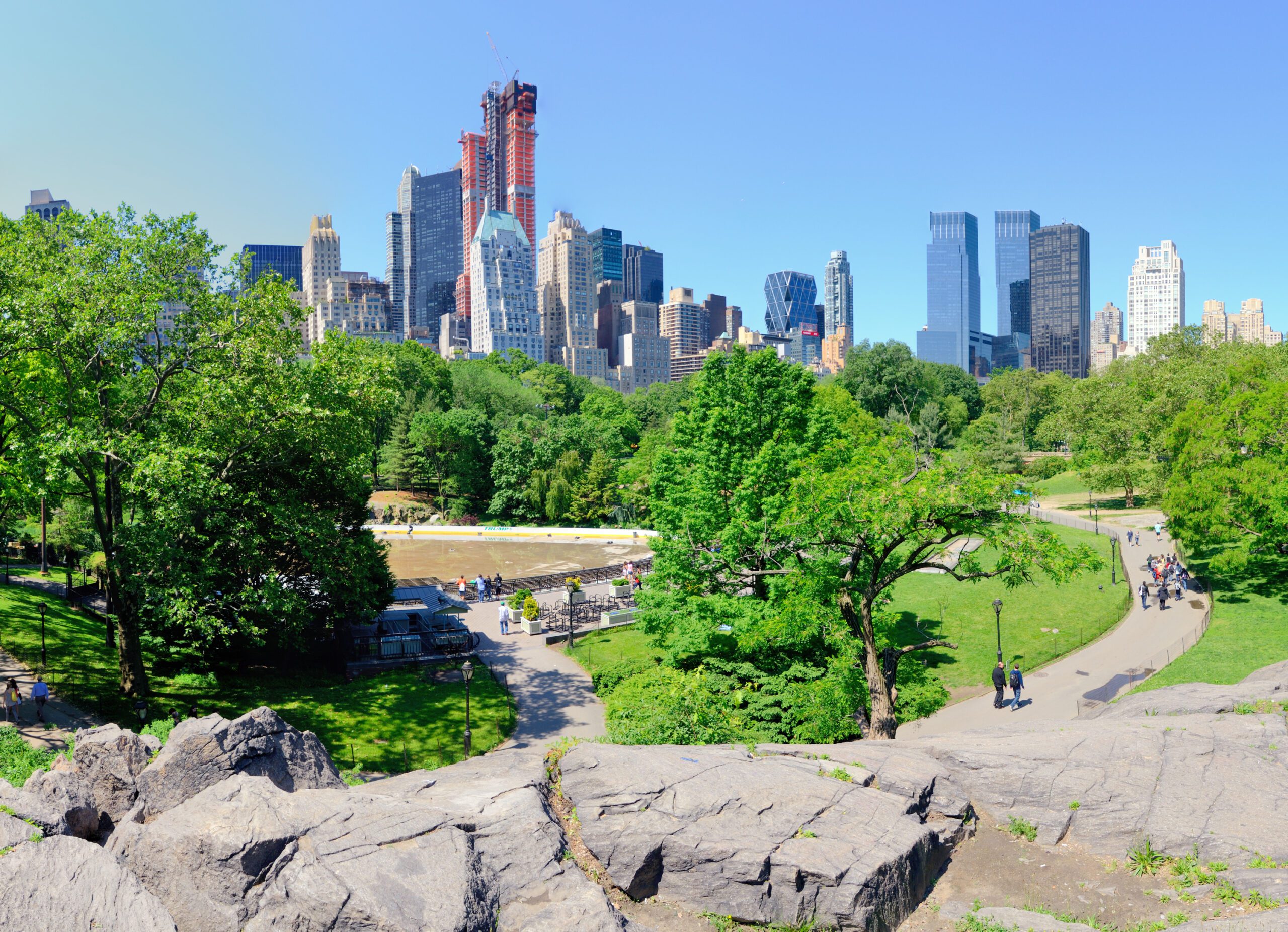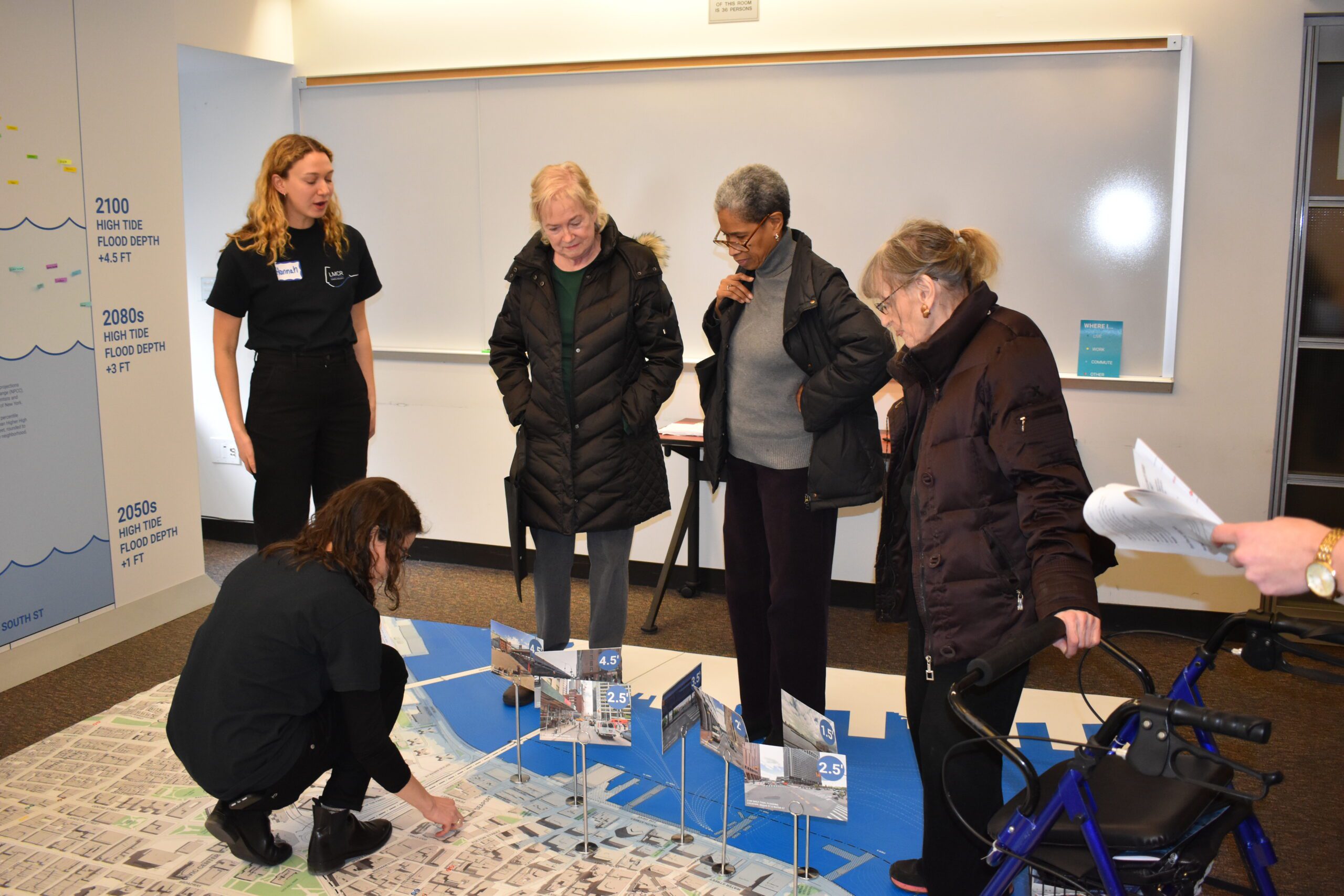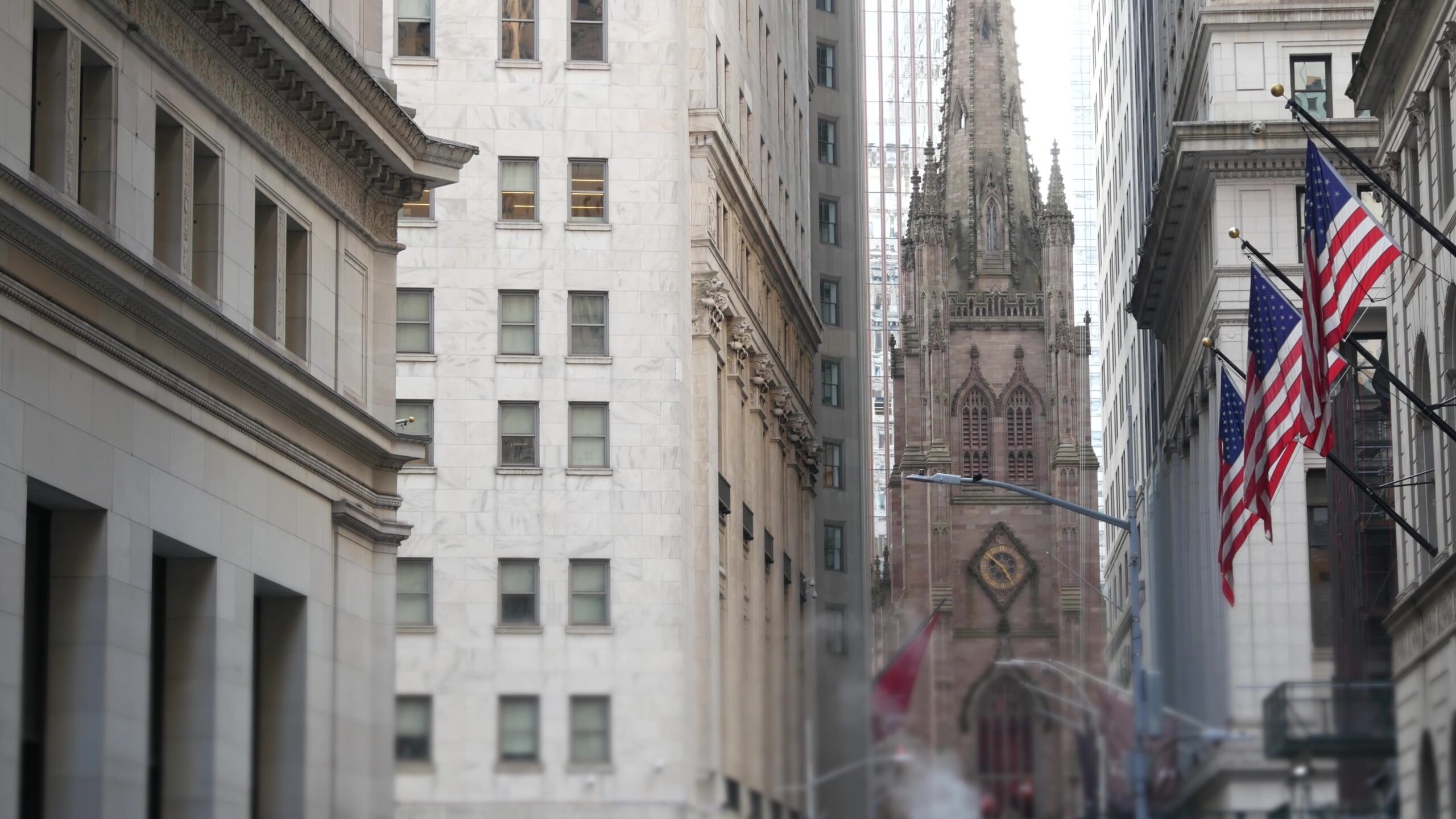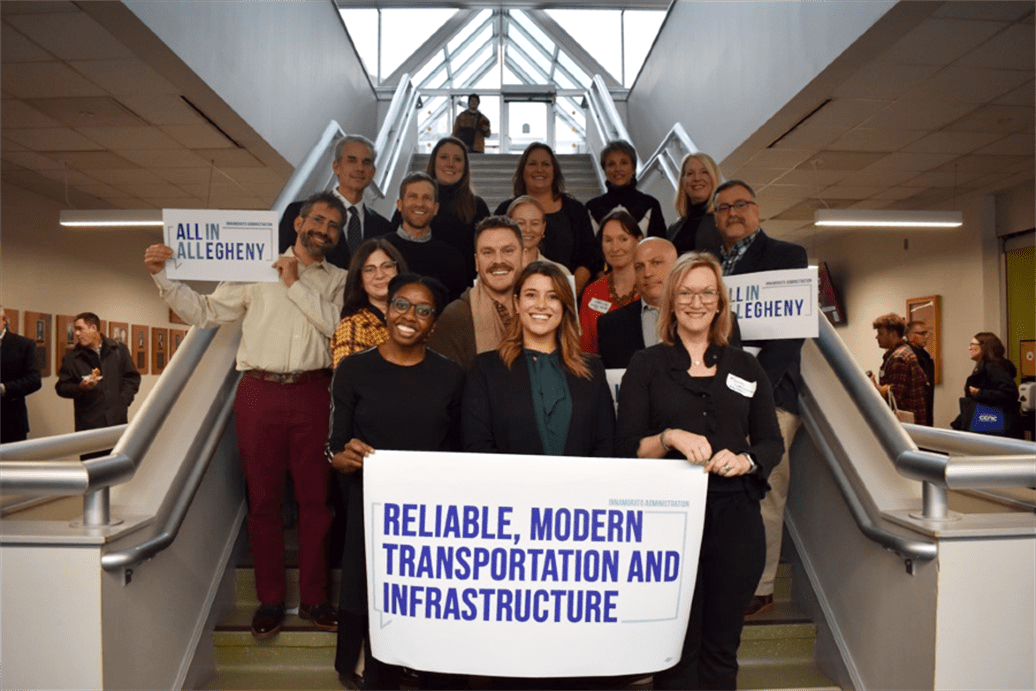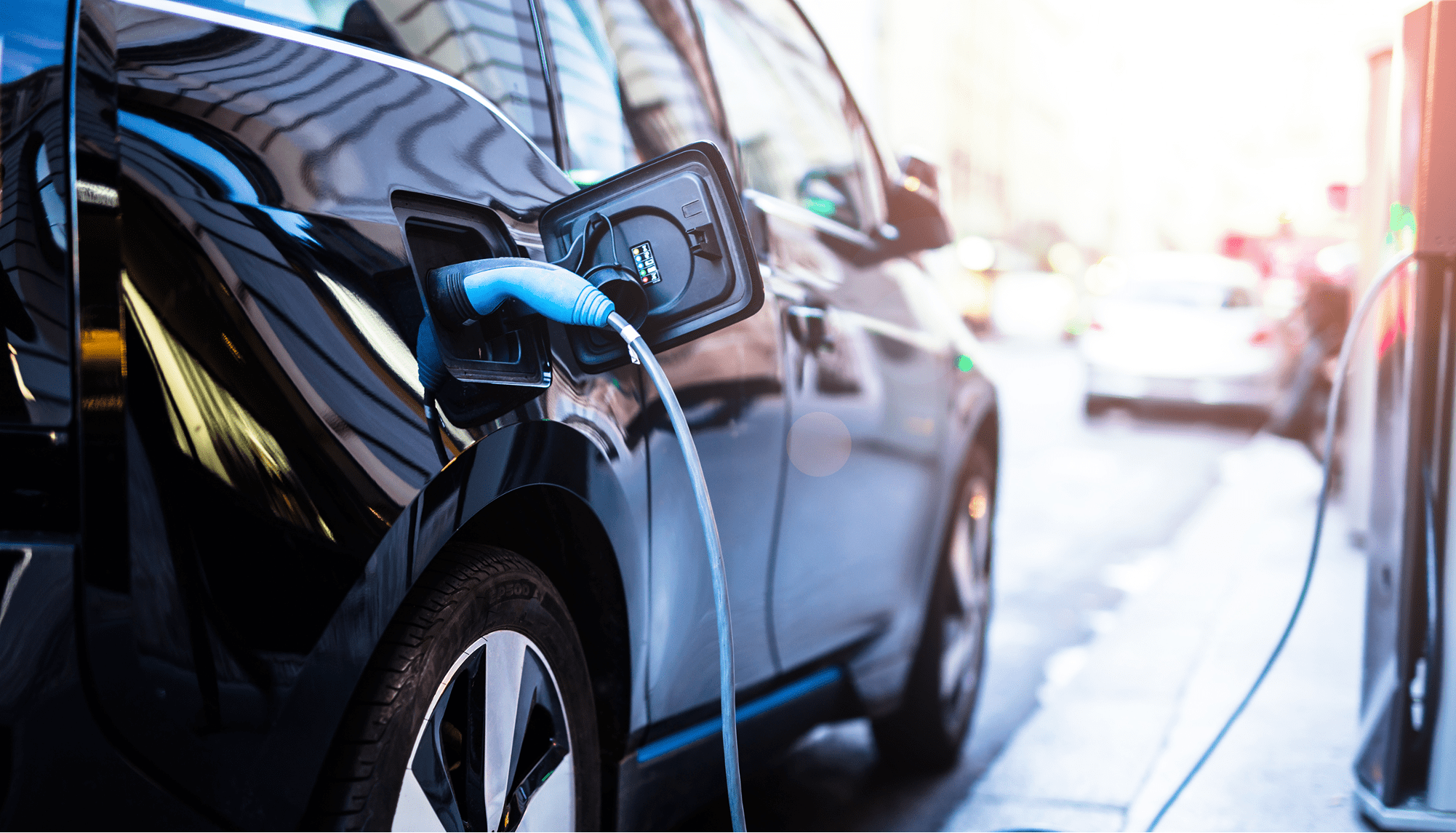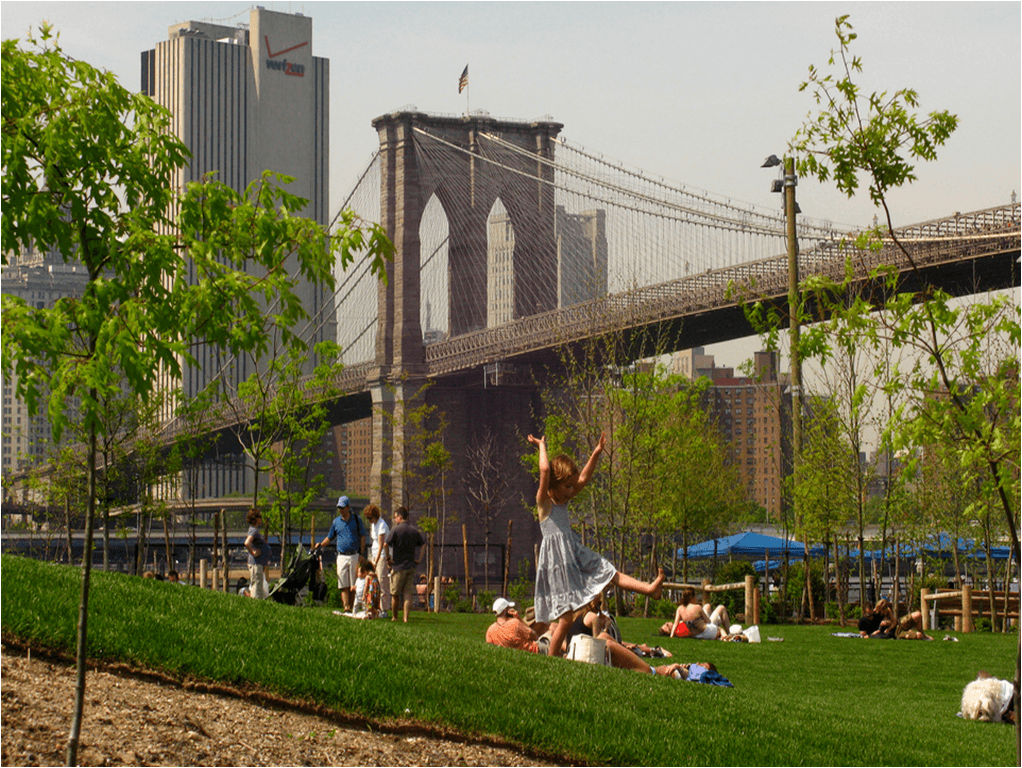Since 2020, HR&A has supported Con Edison’s strategy for incentivizing building decarbonization throughout New York City and Westchester County. Leveraging our deep experience in New York City real estate and our quantitative modeling capabilities, we are helping Con Edison achieve the ambitious goals of New York State’s Climate Leadership and Community Protection Act (CLCPA), which commits the State to reducing greenhouse gas emissions by 85% by 2050.
The CLCPA, called “one of the world’s most ambitious climate plans” by the New York Times, also mandates that at least 35% of the benefits of clean energy and energy efficiency investments go to disadvantaged communities. Investor-owned utilities like Con Edison are key partners in CLCPA implementation, deploying incentive dollars to encourage building owners to eliminate the use of on-site fossil fuels and invest in energy efficiency. Combining our in-depth knowledge of New York City real estate and housing regulations with our sophisticated quantitative modeling skills, HR&A has helped Con Edison better understand the barriers and motivations of different types of building owners and more efficiently deliver energy savings and greenhouse gas reductions. We approached this work through an equity lens, focusing on the unique challenges facing buildings that serve low- and moderate-income (LMI) households.
HR&A’s support for Con Edison’s decarbonization programs has included several components:
-
-
- LMI Program Tactical Support: analyzing the market size, geographic distribution, and physical characteristics of the LMI housing market; matching buildings to promising energy efficiency measures; and introducing Con Edison to the owners of several of the largest LMI portfolios.
- LMI Program 10-year Strategy: developing a long-term strategy to meet the State’s decarbonization goals, expand Con Edison’s sales efforts, standardize its offerings, and create new financing options in partnership with LMI housing lenders to provide energy savings for tens of thousands of LMI buildings.
- LMI Electrification Model: understanding the financial impact of building electrification through development of individual building pro-forma based on market segmentation to measure the changes in net operating income (NOI), tenant and owner utility costs, and greenhouse gas (GHG) emissions due to electrification; and estimating the scale of subsidies necessary to achieve full building electrification while mitigating potential cost shifts to tenants.
- Building Envelope Upgrade Market Study: strategizing on increasing the volume of energy-efficient building envelope upgrades measures through development of a quantitative model of the energy, greenhouse gas, and financial impacts of envelope upgrades across an array of building typologies; engaging in a series of targeted interviews and focus groups to understand motivations and barriers around envelope improvements; and issuing a set of strategic recommendations for how Con Ed can incentivize more investment in envelope upgrades within the marketplace.
- Multifamily Program Marketing and Outreach Strategy: developing an actionable marketing strategy to increase uptake of Con Edison’s decarbonization incentives through tailored messaging strategy based on market segmentation, improving the recruitment and retention of contractors, and participating in Con Edison’ multifamily incentive program.
HR&A’s work has helped Con Edison set interim targets for its building energy efficiency program and develop program requirements to spearhead the clean energy transition. In 2023 alone, Con Edison deployed $263 million dollars in decarbonization incentives, half of which was in State-designated Disadvantaged Communities. HR&A’s analysis for Con Edison shows that building electrification and energy efficiency investments, especially in the LMI multifamily housing sector, can have a tremendous impact on reduction of greenhouse gas emissions and set Con Edison on a path to achieve the State’s decarbonization targets.
-
